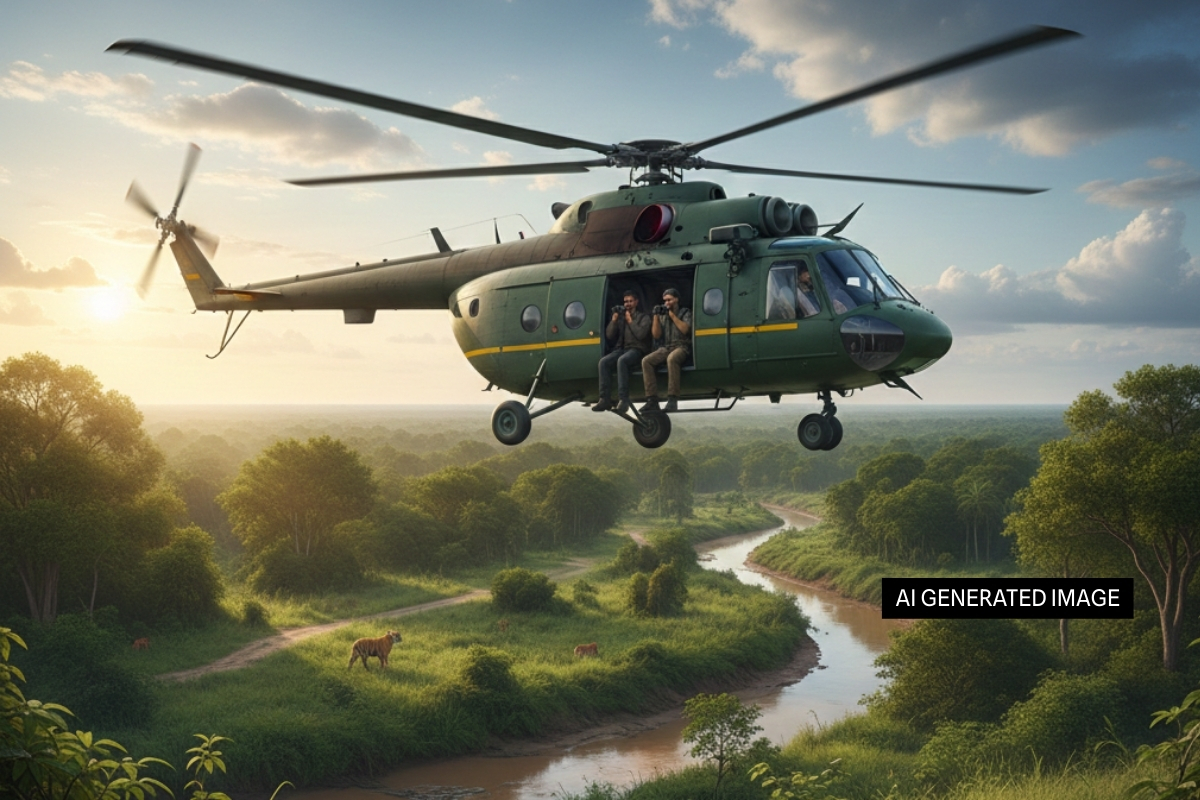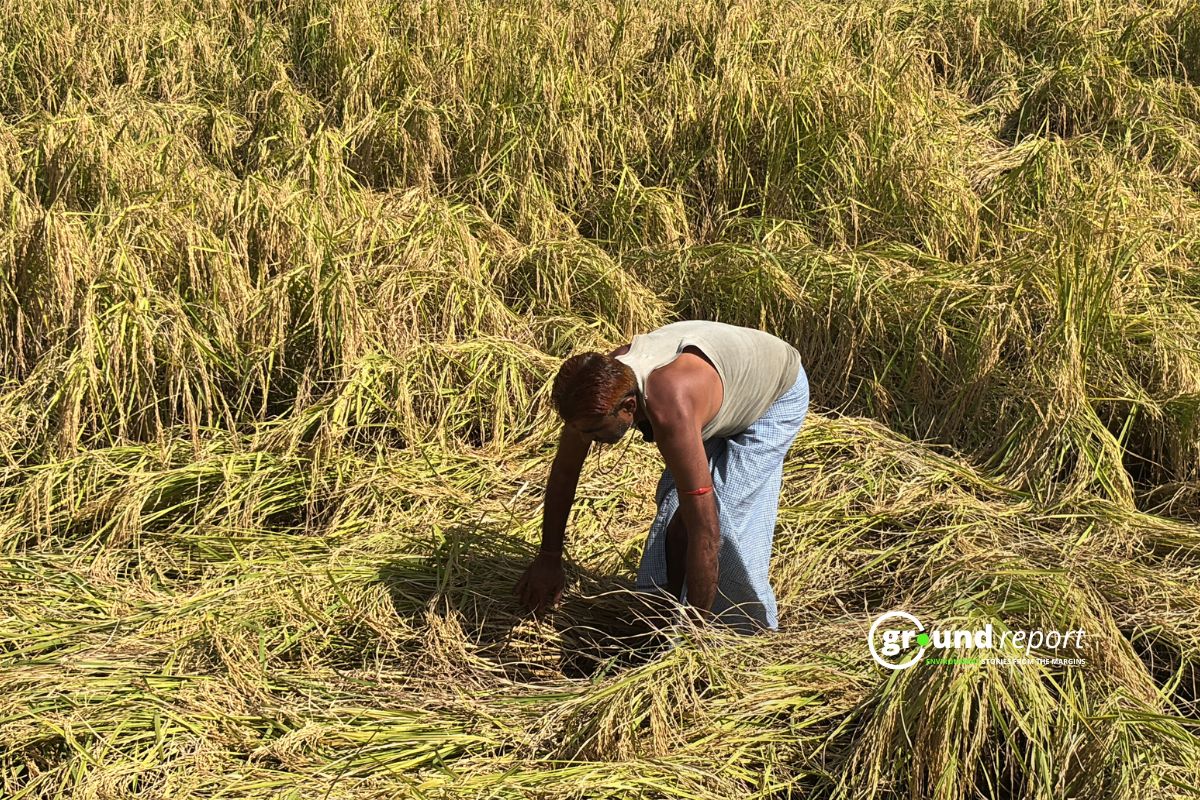The experts of the IPCC (Intergovernmental Panel on Climate Change) warn, in their most recent report, that almost half of the world’s population is “highly vulnerable” to climate change. But not only do people suffer the consequences of the climate crisis.
A new study looks at various future climate change scenarios and their impact on nearly 80,000 plant and animal species in 35 of the world’s most diverse and biodiversity-rich areas: from a scenario with no emissions cuts, where the global average temperature rises by 4.5°C, up to an increase of 2°C, the maximum temperature increase limit established in the Paris Agreement.
Extreme droughts
Climatic variations cause longer and more extreme droughts. Rain rates have been on a downward trend since 1970, while temperatures continue to rise.
Climate directly affects plant cover and animals: the less it rains, the less water and food are available. In 2017, thousands of animals died in Bolivia.
Rains and floods
Global warming is melting the polar ice caps, and raising sea levels. Around the world, coastal cities are threatened by floods and storms. These two phenomena were the most frequent catastrophes of the last decade: they represented up to 80% of all-natural disasters.
In one region of Argentina alone, a victim of the 2016 floods, almost 24,000 dogs, horses and oxen were affected.
Zud is a seasonal phenomena
In 2015, extreme cold killed 170,000 alpacas in Peru. Among the countries most vulnerable to climate change is Mongolia, where intense summer droughts are followed by increasingly hostile winters, in a phenomenon known as zud. Zuds threaten millions of animals with sudden starvation, frostbite, and cold-induced abortions.
Migration
Climate change also interferes with the migration of animals, which have to change their route to adapt to climates they are not used to, even stopping migrating. That affects the entire ecosystem.
One study showed that climate is altering or disrupting the migratory patterns of birds, butterflies, and fish. These include Great Tit in Europe, Alaskan Salmon, and Monarch Butterflies.
Extreme heat waves
In the last two decades, heat waves have become one of the main causes of death related to natural disasters, affecting both humans and animals. In 2010, for example, intense heat killed half the population of short-billed black cockatoos, an endangered species in Australia.
And since 1994, more than 45,000 of the world’s largest bats have already died in 21 heat waves.
Diseases
Climate change also contributes to the spread of disease. These include Ebola, dengue, malaria, cholera, West Nile virus, and Lyme disease. Various investigations, carried out for example in India and Kenya, associate farm animal diseases with variations due to climate change.
Natural disasters have an even more direct impact on the health of animals. In storms or floods, they are at risk of serious infections, such as anthrax or Newcastle disease. Exposure to rain and strong winds also causes respiratory illnesses, vomiting and diarrhoea. Animals caught during floods, or stuck in mud or snow, in the case of zuds, can develop problems with their feet and legs. And in extreme droughts, they suffer from malnutrition and dehydration.
Keep Reading
Part 1: Cloudburst in Ganderbal’s Padabal village & unfulfilled promises
India braces for intense 2024 monsoon amid recent deadly weather trends
Support us to keep independent environmental journalism alive in India.
Follow Ground Report on X, Instagram and Facebook for environmental and underreported stories from the margins. Give us feedback on our email id greport2018@gmail.com.
Don’t forget to Subscribe to our weekly newsletter, Join our community on WhatsApp, and Follow our YouTube Channel for video stories.








